Home>Garden Essentials>How To Save Bean Seeds
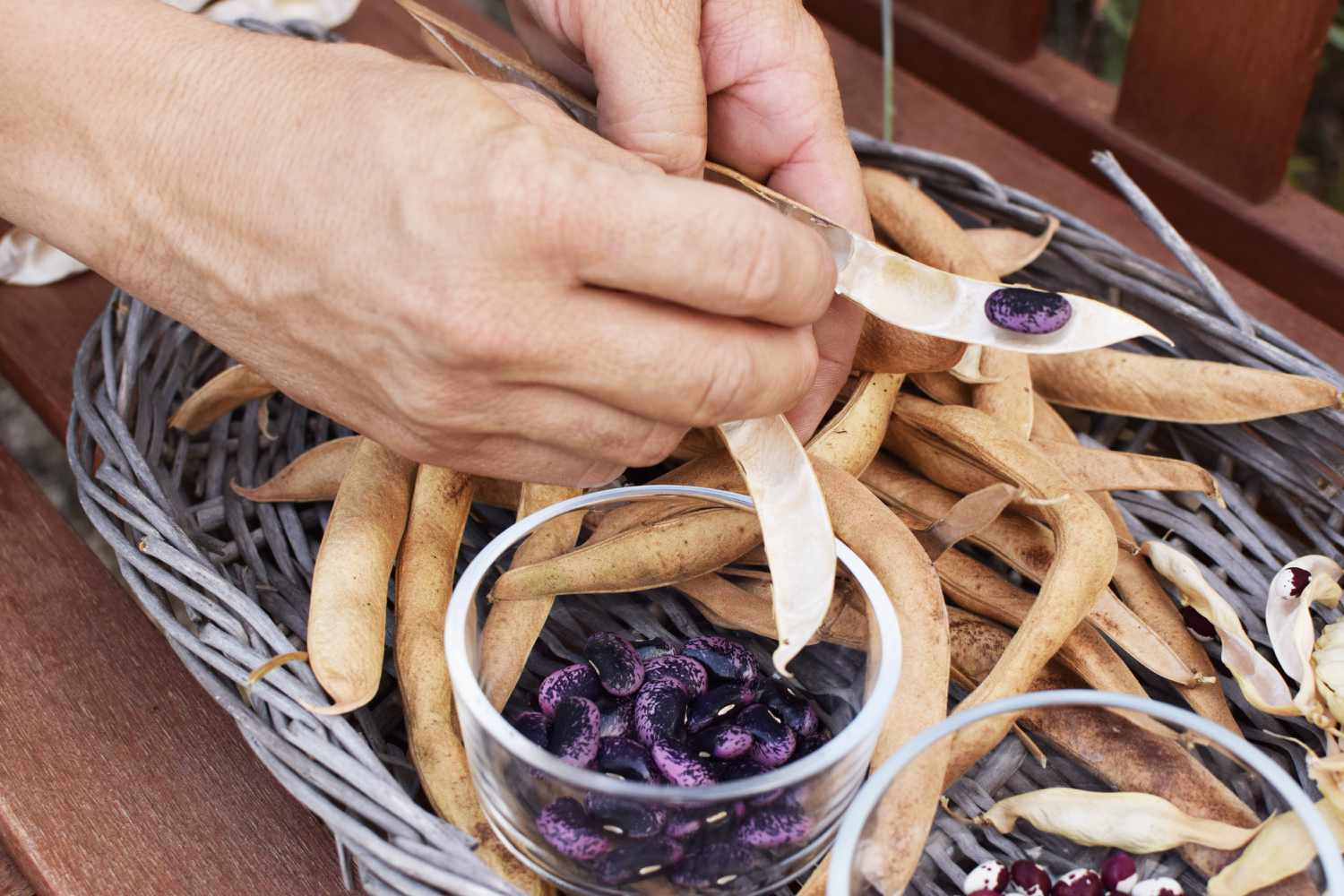

Garden Essentials
How To Save Bean Seeds
Modified: March 15, 2024
Learn how to save bean seeds for your garden. Discover the step-by-step process to ensure a bountiful harvest and sustainable gardening practices.
(Many of the links in this article redirect to a specific reviewed product. Your purchase of these products through affiliate links helps to generate commission for Storables.com, at no extra cost. Learn more)
Introduction
Harvesting and saving bean seeds is an essential practice for gardeners who want to grow their own plants from year to year. Not only does it save money, but it also allows you to select and preserve seeds from your healthiest and most productive plants. Whether you’re a seasoned gardener or just starting out, learning how to save bean seeds is a valuable skill that will ensure a sustainable and bountiful garden.
Bean seeds, also known as legumes, come in various shapes and sizes, including kidney beans, black beans, and green beans. They are highly versatile and can be grown in a wide range of climates. By saving and storing bean seeds properly, you can ensure the viability and quality of the seeds, allowing you to continue growing healthy and delicious beans season after season.
In this article, we’ll guide you through the process of saving bean seeds, from harvesting the pods to storing the seeds for future use. By following these steps, you’ll be able to enjoy a continuous supply of fresh beans from your own garden and even share seeds with fellow gardeners.
Key Takeaways:
- Save money and grow healthier beans by harvesting, drying, and storing your own bean seeds from the healthiest plants in your garden. It’s a fun and sustainable way to ensure a bountiful harvest year after year!
- Learning to save bean seeds allows you to preserve biodiversity, reduce reliance on commercial seeds, and contribute to sustainable gardening practices. Plus, it’s a rewarding way to grow your own food and share seeds with fellow gardeners!
Read more: How To Save Hyacinth Bean Vine Seeds
Step 1: Harvesting the Bean Pods
The first step in saving bean seeds is to harvest the mature bean pods from the plants. This is typically done towards the end of the growing season when the pods have reached their full size and started to dry out on the plant. Follow these steps to properly harvest the bean pods:
- Inspect the plants: Before harvesting, carefully examine the plants and look for signs that the pods are mature. The pods should be firm, fully developed, and starting to change color. Avoid harvesting pods that are still green or soft, as the seeds inside may not be fully developed.
- Select the pods: Choose the healthiest and highest-quality pods for seed saving. Look for pods that are free from damage, disease, and pest infestation. Selecting the best pods will ensure that you save seeds from the strongest and most resilient plants.
- Use sharp scissors or pruners: To harvest the pods, use a pair of clean, sharp scissors or pruners. This will help you avoid damaging the plant or accidentally causing any harm to the pods. Make sure to sanitize your tools before and after use to prevent the spread of any diseases.
- Remove the pods carefully: Hold the stem of the pod with one hand and cut it off with the other hand. Be gentle to avoid dropping or damaging the pods, as this can affect the viability of the seeds inside.
- Collect the harvested pods: Place the harvested pods in a container or basket, being careful not to overcrowd or squash them. This will prevent any unnecessary damage to the pods and ensure that the seeds inside remain intact.
Remember to only harvest what you need and leave some pods on the plants to allow them to fully mature and dry. This will ensure a healthy population of plants for the next growing season and promote the overall health of your garden.
Step 2: Drying the Bean Pods
Once you have harvested the bean pods, the next step is to dry them thoroughly. Proper drying is crucial to prevent mold and decay, ensuring the longevity and viability of the bean seeds. Follow these steps to dry the bean pods effectively:
- Prepare a drying area: Choose a well-ventilated and dry location to dry the bean pods. It can be a warm room or a covered outdoor area with good airflow. Avoid areas with high humidity, as this can lead to moisture retention and spoilage of the seeds.
- Spread the pods: Lay out the harvested bean pods in a single layer. Make sure they are not touching each other, as this can create moisture pockets and increase the risk of mold formation. You can use clean trays, screens, or newspaper to provide a flat surface for the pods.
- Allow for air circulation: Ensure that there is sufficient air circulation around the pods. This will help the moisture evaporate more quickly and prevent the growth of mold or mildew. Use fans or open windows to facilitate airflow if necessary.
- Monitor the drying process: Regularly check the pods for any signs of moisture or mold. It may take several weeks for the pods to dry completely, depending on the humidity and temperature of your drying area. The pods should become brittle and easily breakable when fully dried.
- Rotate the pods: To ensure even drying, periodically rotate the pods or lightly stir them around. This will help prevent moisture buildup and ensure that all sides of the pods dry uniformly.
- Discard damaged or moldy pods: Remove any pods that show signs of damage, mold, or pest infestation. This will prevent the spread of diseases and ensure that you save only the highest-quality and healthy seeds.
Properly drying the bean pods will significantly increase the chances of successful seed saving. Once the pods are thoroughly dried, you can move on to the next step of extracting the bean seeds.
Step 3: Extracting the Bean Seeds
After the bean pods have been dried, it’s time to extract the bean seeds from the pods. This step requires a bit of patience and precision to ensure that the seeds are separated without causing any damage. Follow these steps to extract the bean seeds effectively:
- Gently open the pods: Take a dried bean pod in your hand and begin to gently open it. Apply light pressure to the pod until it starts to split and reveal the beans inside. Be cautious not to exert too much force, as this can damage the seeds.
- Remove the bean seeds: Once the pod is open, carefully remove the bean seeds from the pod. You can use your fingers or a small tool like a tweezers or a spoon to assist in the process. Take care not to crush or bruise the seeds while doing so.
- Separate any debris: As you extract the bean seeds, you may encounter some debris or plant matter that has accumulated in the pods. Take the time to separate and discard any unwanted material, ensuring that only the clean bean seeds remain.
- Inspect the seeds: Examine each bean seed for any signs of damage, discoloration, or pests. Discard any seeds that appear unhealthy or compromised, as they may not germinate successfully. Only save the seeds that are plump, firm, and free from defects.
- Repeat the process: Continue opening the remaining dried bean pods and extracting the seeds until all the pods have been processed. Take breaks as needed, as this can be a meticulous task.
It’s worth noting that some bean varieties have pods that naturally split open when fully dried, making it easier to access the seeds. However, if you come across pods that are difficult to open, you can apply gentle pressure or use a small knife to carefully pry them open.
By taking your time and handling the bean pods with care, you can successfully extract the bean seeds and move on to the next step of cleaning them before storage.
After harvesting bean pods, allow them to dry completely on the plant. Once dry, remove the seeds and store them in a cool, dry place in a labeled, airtight container for next year’s planting.
Step 4: Cleaning the Bean Seeds
Once you have extracted the bean seeds from the pods, it’s important to clean them thoroughly before storing. Cleaning the bean seeds helps remove any remaining debris, chaff, or unwanted materials, ensuring that you save only the highest-quality seeds for planting. Follow these steps to clean the bean seeds effectively:
- Remove larger debris: Begin by gently sifting through the bean seeds and removing any large debris or plant matter that may be present. This can include pieces of dried pod, stems, or any foreign objects that got mixed in during the extraction process.
- Use a sieve or strainer: Next, place the bean seeds in a fine-mesh sieve or strainer. Rinse the seeds under cool running water, gently swirling them around to dislodge any smaller debris or particles that may be clinging to the seeds.
- Inspect and remove damaged seeds: As you clean the bean seeds, carefully examine each one for any signs of damage, discoloration, or pests. Remove any seeds that appear unhealthy or compromised, as they may affect the overall quality and germination rate.
- Dry the cleaned seeds: After rinsing, spread the cleaned bean seeds on a clean towel or paper towel to dry them completely. Allow them to air dry in a well-ventilated area, away from direct sunlight. Make sure the seeds are fully dry before moving on to the next step.
It’s important to note that some bean seeds may require additional cleaning steps, particularly if they have a sticky or mucilaginous coating. In that case, you can soak the seeds in clean water for a short period of time, then rinse and dry them thoroughly before storing.
By taking the time to clean the bean seeds, you remove any potential contaminants and ensure that you save only the highest-quality and healthy seeds for future planting. With the seeds cleaned and dried, you’re now ready to move on to the final step of storing them properly.
Read more: How To Save Seed
Step 5: Storing the Bean Seeds
Proper storage is essential to maintain the viability and germination rate of your saved bean seeds. By storing them in the right conditions, you can ensure that the seeds remain dormant and ready for planting in the next growing season. Follow these steps to store your bean seeds effectively:
- Ensure dry conditions: Before storing the bean seeds, make sure they are fully dry. Moisture can cause the seeds to mold or rot, reducing their viability. Aim for a moisture content of around 8-10% for optimal storage.
- Select suitable containers: Choose containers that are clean, dry, and airtight. Glass jars with tight-fitting lids, plastic bags, or sealed envelopes are great options. Avoid using containers that allow air or moisture to enter, as this can harm the seeds.
- Label the containers: Properly label each container with the name of the bean variety and the date of collection. This will help you keep track of the seeds and ensure that you use the oldest seeds first.
- Add moisture absorbers: To further protect the seeds from moisture, you can add moisture absorbers such as silica gel packets or rice grains to the containers. These absorbents help maintain a dry environment and prolong the storage life of the seeds.
- Store in a cool and dark location: Find a cool and dark location to store the bean seeds. A pantry, basement, or refrigerator can provide suitable conditions. Just ensure that the temperature remains consistent and does not fluctuate too much.
- Monitor periodically: Check the stored bean seeds periodically for any signs of moisture or pests. If you notice any issues, address them immediately to prevent damage to the seeds. Also, periodically check the moisture absorbers and replace them if necessary.
By following these storage guidelines, you can preserve the quality and vitality of your bean seeds for several years. When it’s time to plant, remember to properly label the seeds and select the healthiest ones for sowing. Enjoy the satisfaction of growing your own beans from saved seeds!
Conclusion
Saving bean seeds is a rewarding and practical practice for gardeners who want to maintain a sustainable garden and have control over their seed supply. By following the steps outlined in this article, you can successfully harvest, dry, extract, clean, and store bean seeds for future use.
Harvesting the mature bean pods and ensuring they are fully dried is crucial for preserving the quality and viability of the seeds. Taking the time to extract the bean seeds carefully and clean them thoroughly helps ensure that only the highest-quality seeds are saved.
Proper storage is key to extending the longevity of your saved bean seeds. Keep them dry in airtight containers, label them accurately, and store them in a cool, dark location. Regular monitoring of the stored seeds will help you catch any issues early and maintain their viability for future planting seasons.
By saving and storing your own bean seeds, you have the freedom to select and preserve the seeds from your healthiest and most productive plants, creating a unique and resilient seed collection. Plus, you’ll save money and reduce your reliance on commercial seed sources.
Remember, seed saving is not only practical but also an important act of preserving biodiversity and promoting sustainable gardening practices. It enables you to pass down heirloom varieties and contribute to the resilience of our food systems.
So, whether you’re a seasoned gardener or just starting out, take the time to learn how to save bean seeds and incorporate this valuable skill into your gardening routine. You’ll not only enjoy the satisfaction of growing your own food but also contribute to the preservation of a rich legacy of bean varieties for future generations to enjoy.
Frequently Asked Questions about How To Save Bean Seeds
Was this page helpful?
At Storables.com, we guarantee accurate and reliable information. Our content, validated by Expert Board Contributors, is crafted following stringent Editorial Policies. We're committed to providing you with well-researched, expert-backed insights for all your informational needs.
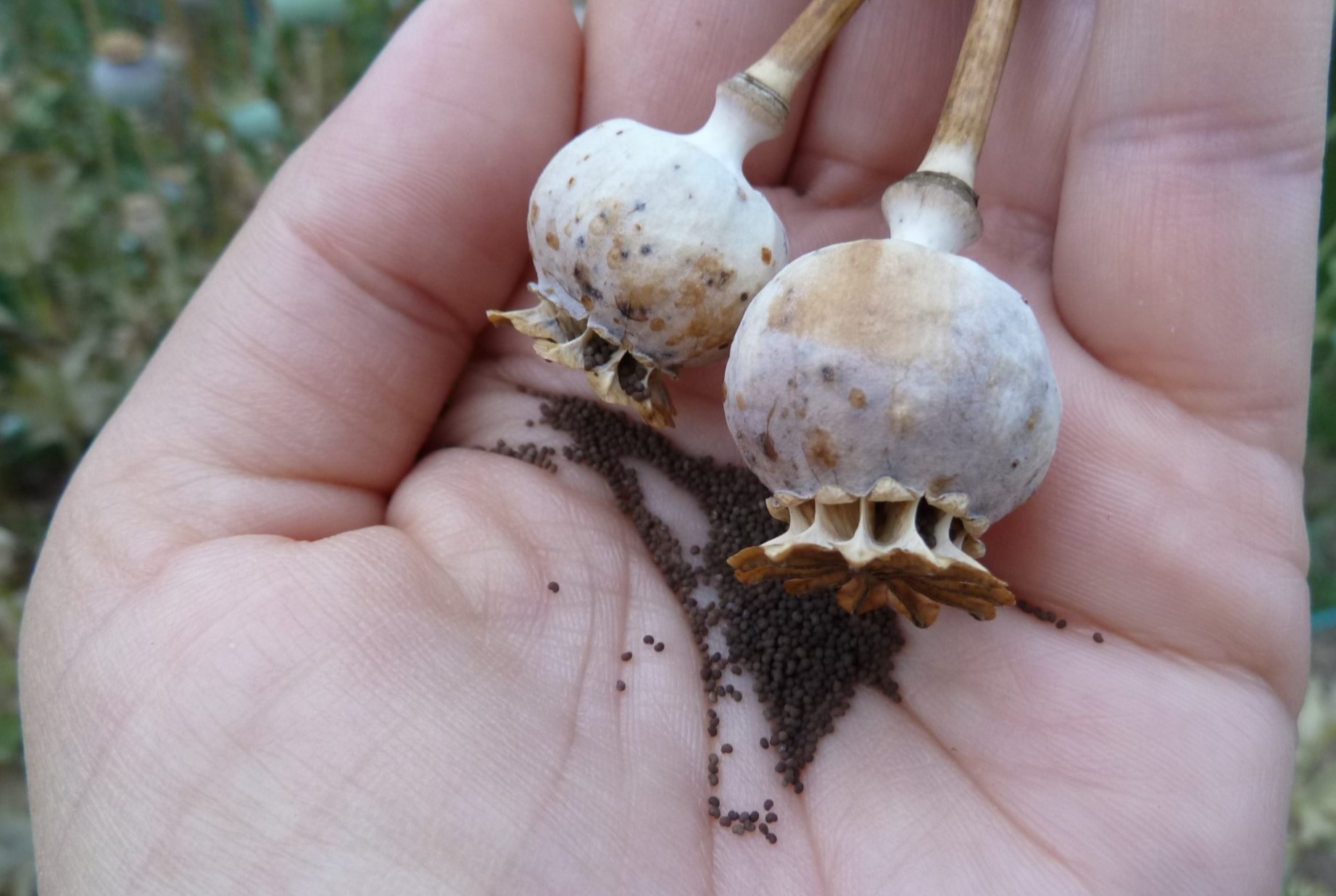
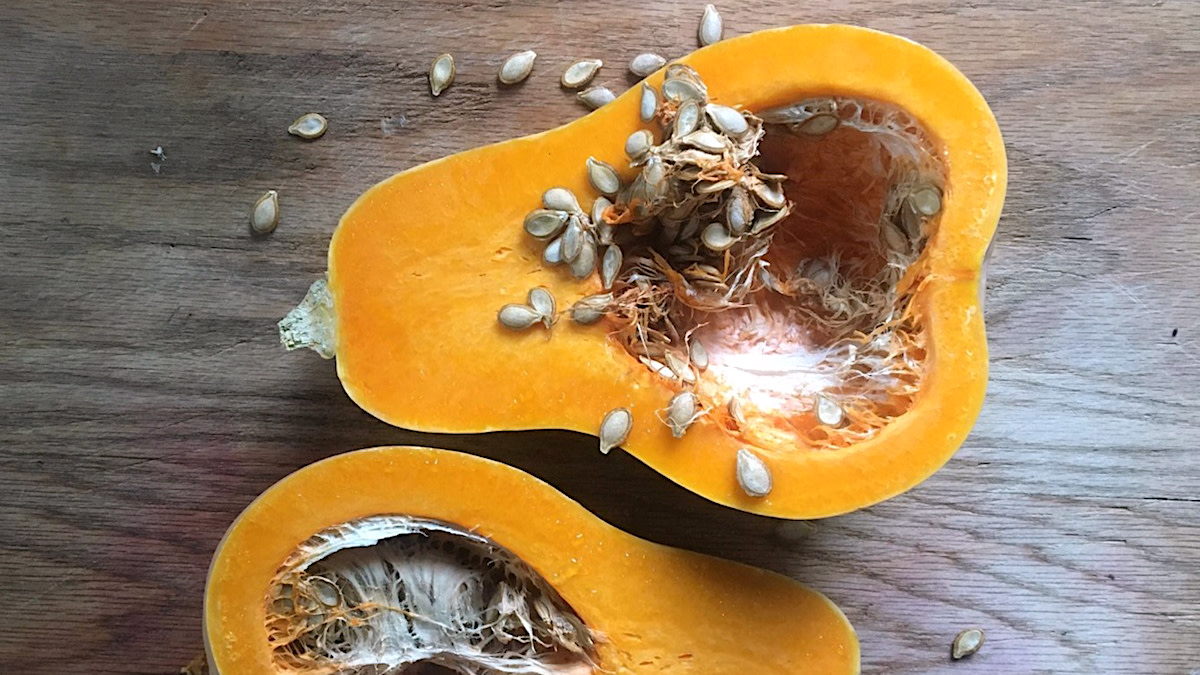
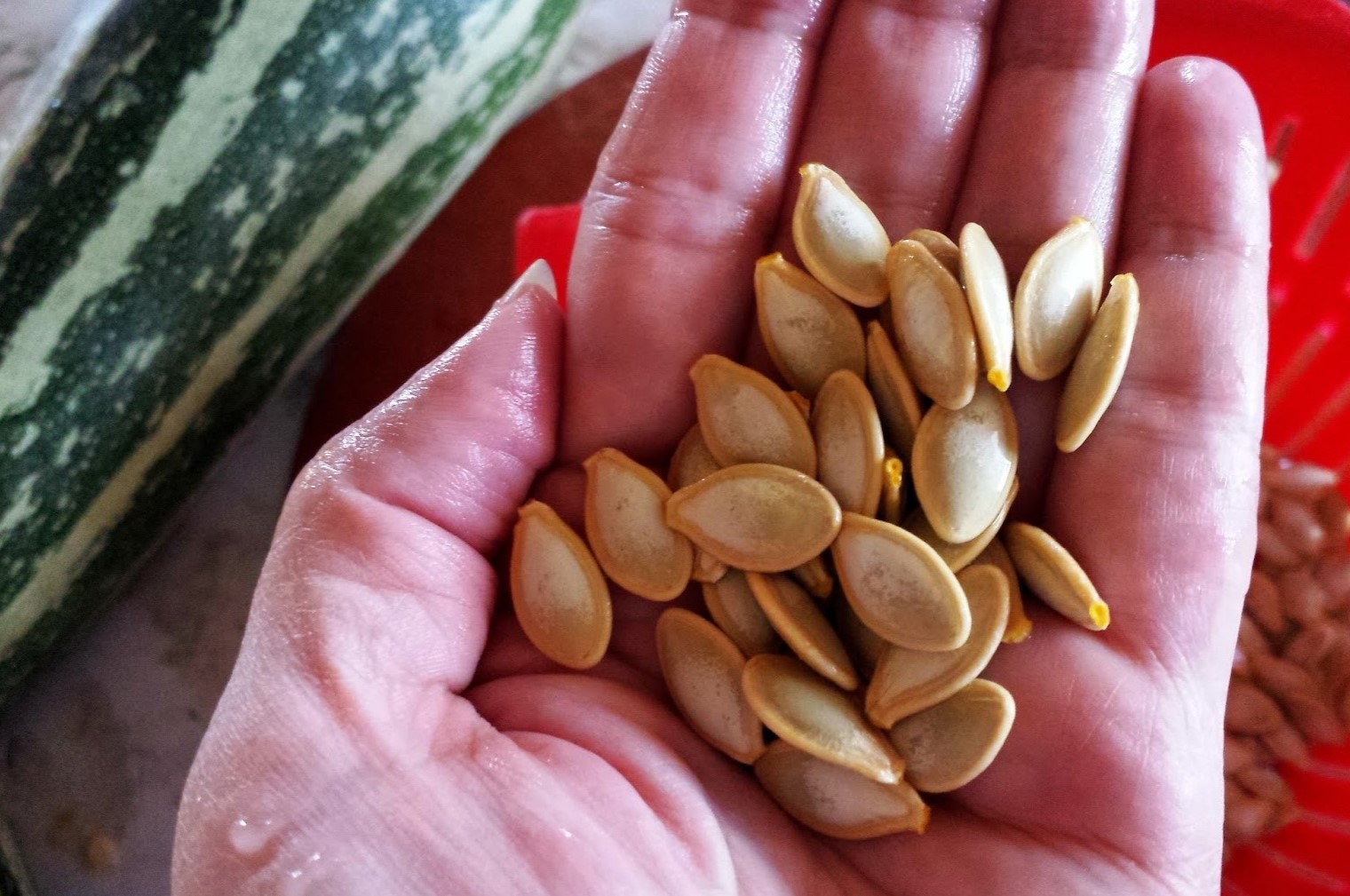
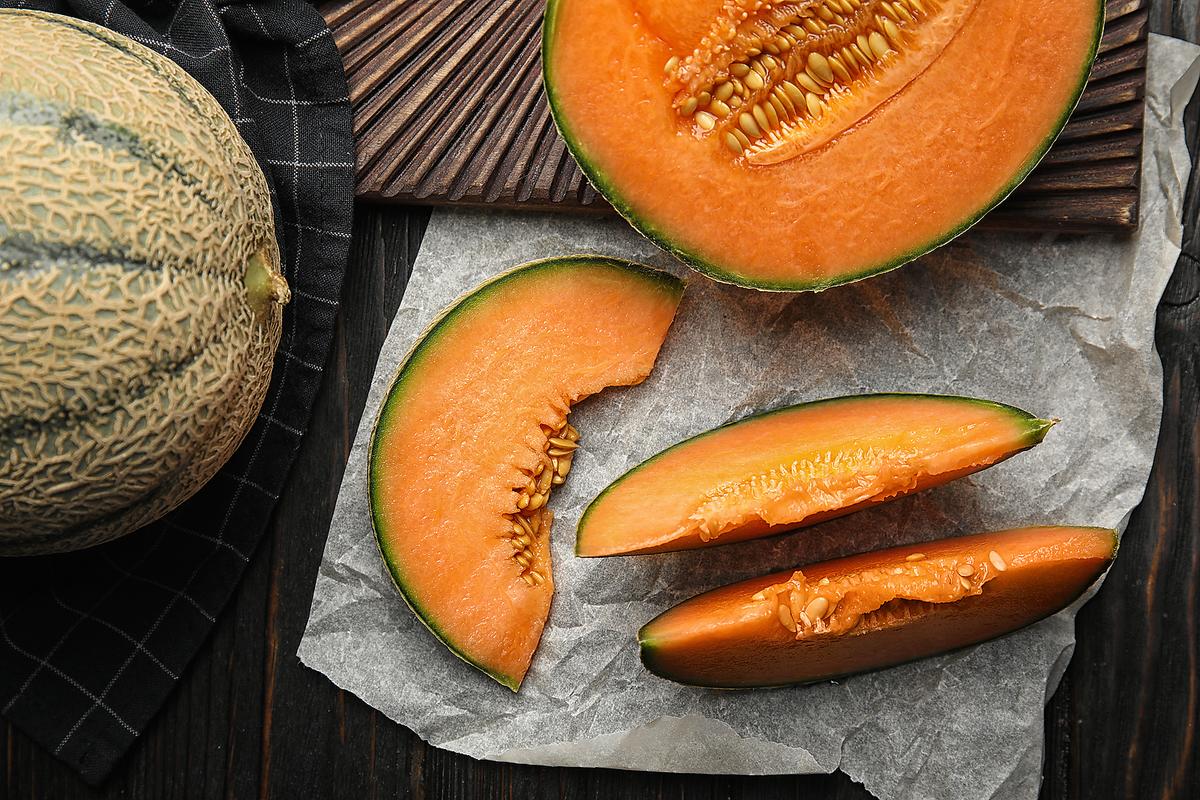
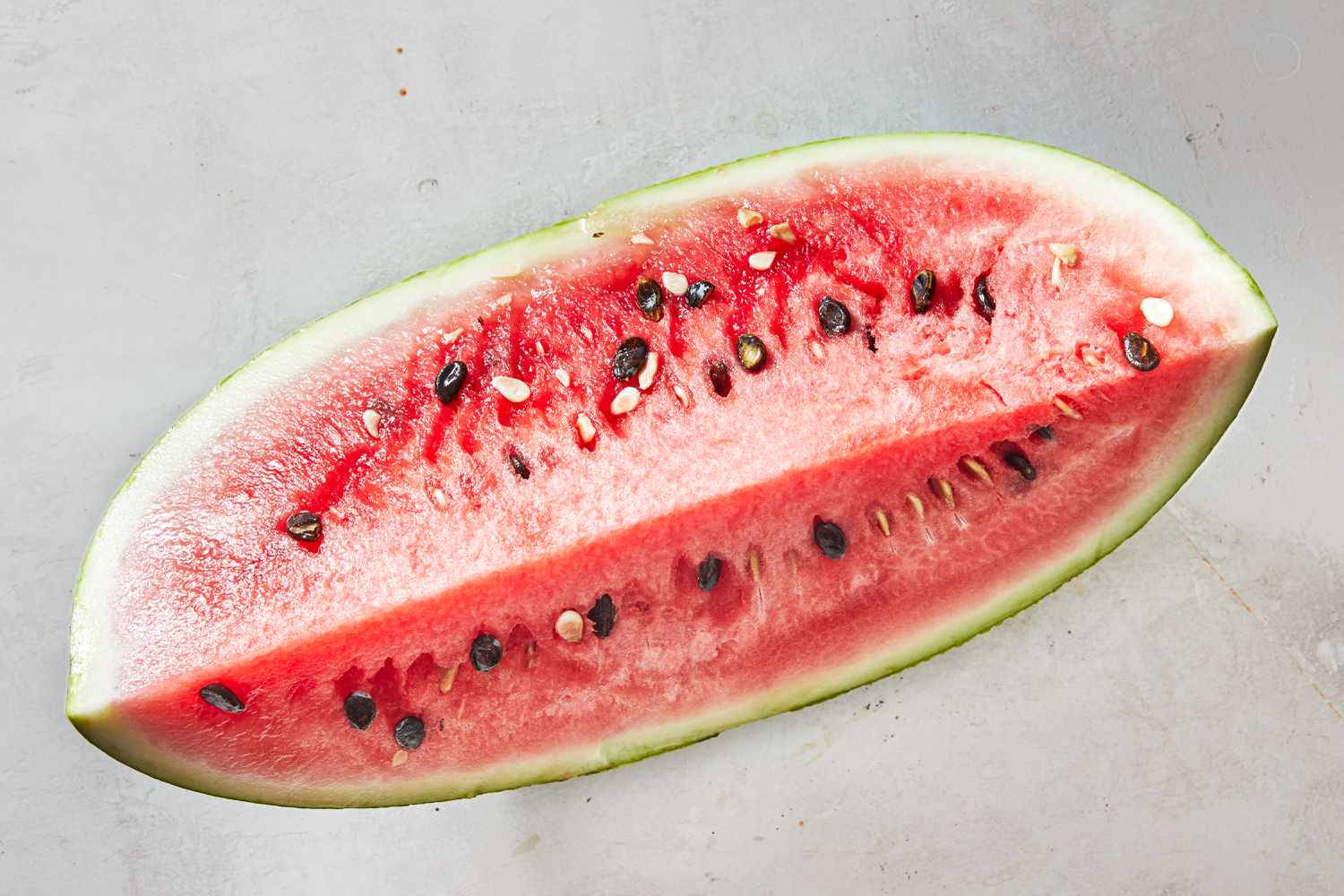
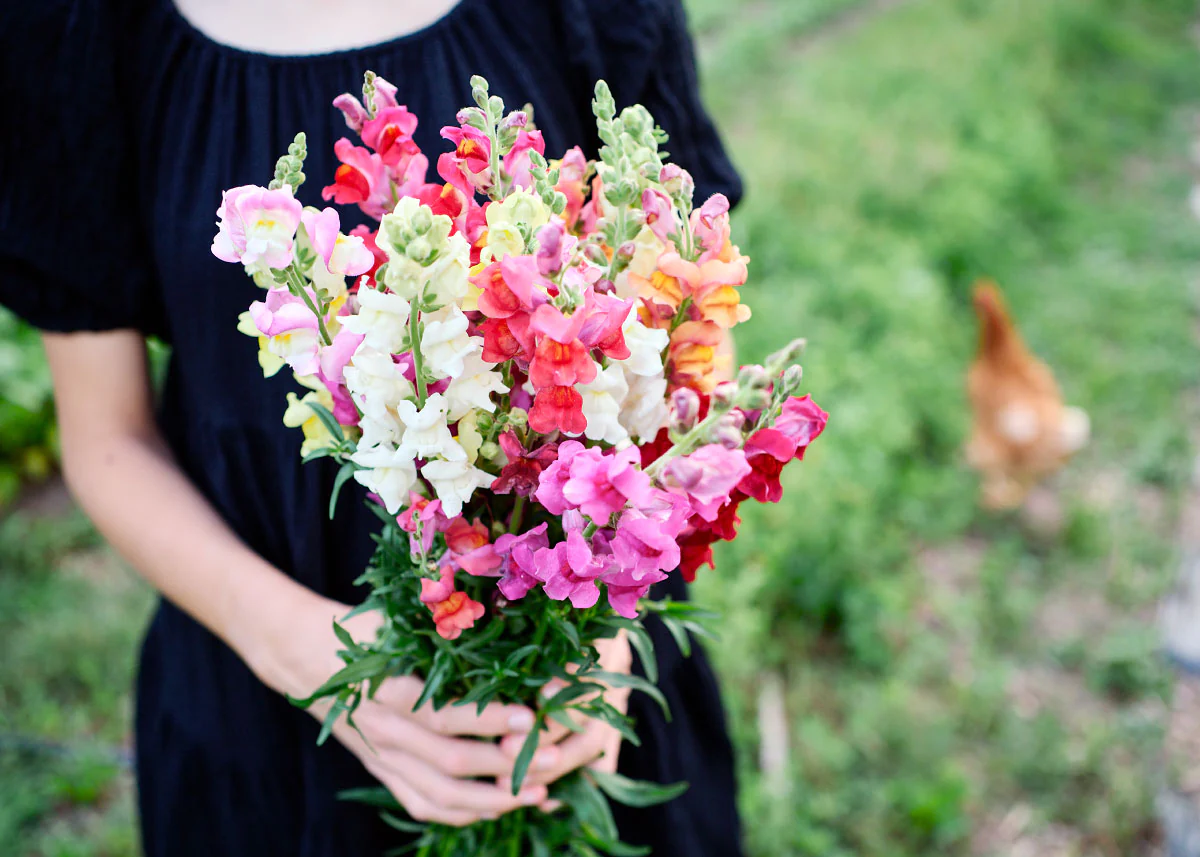
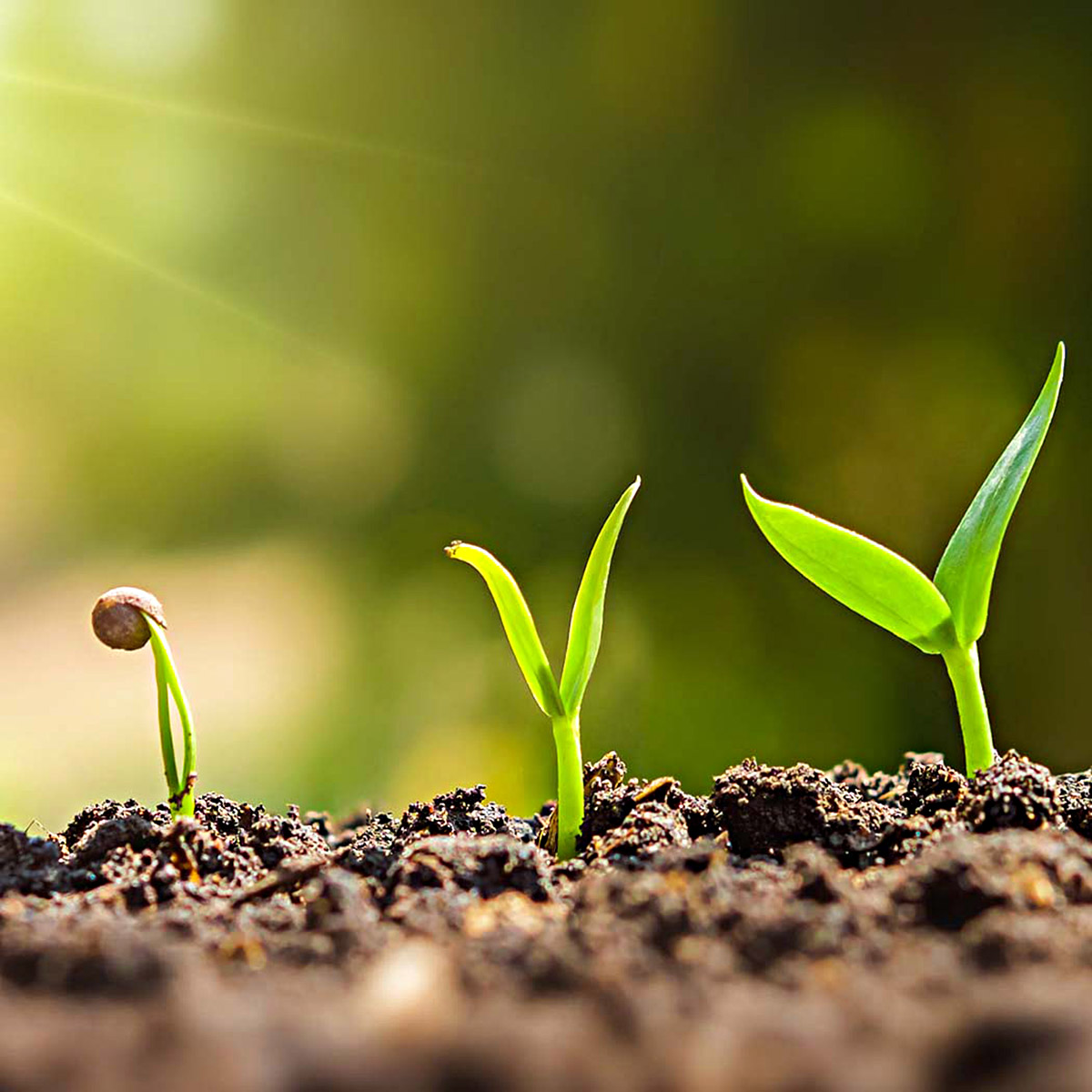
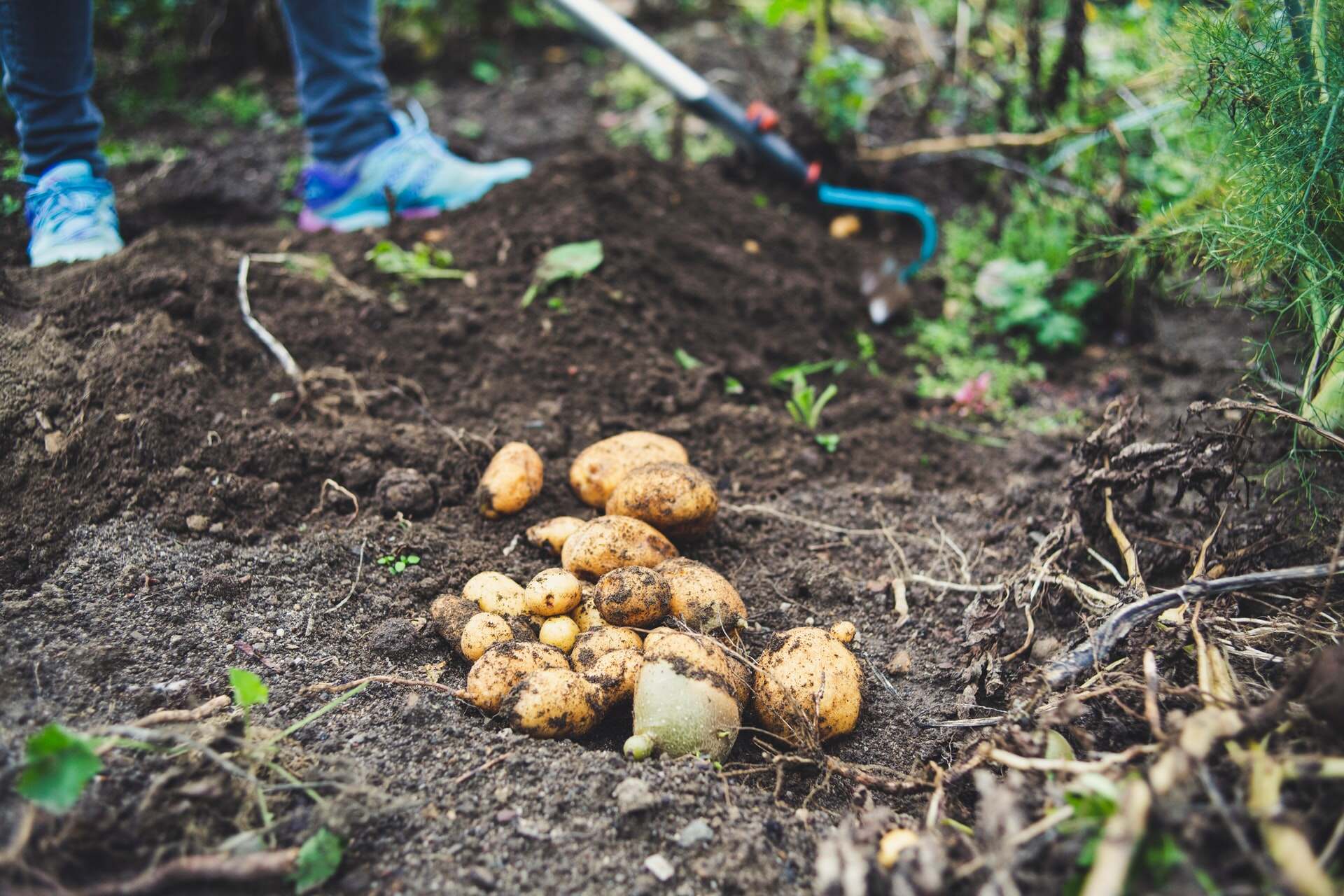
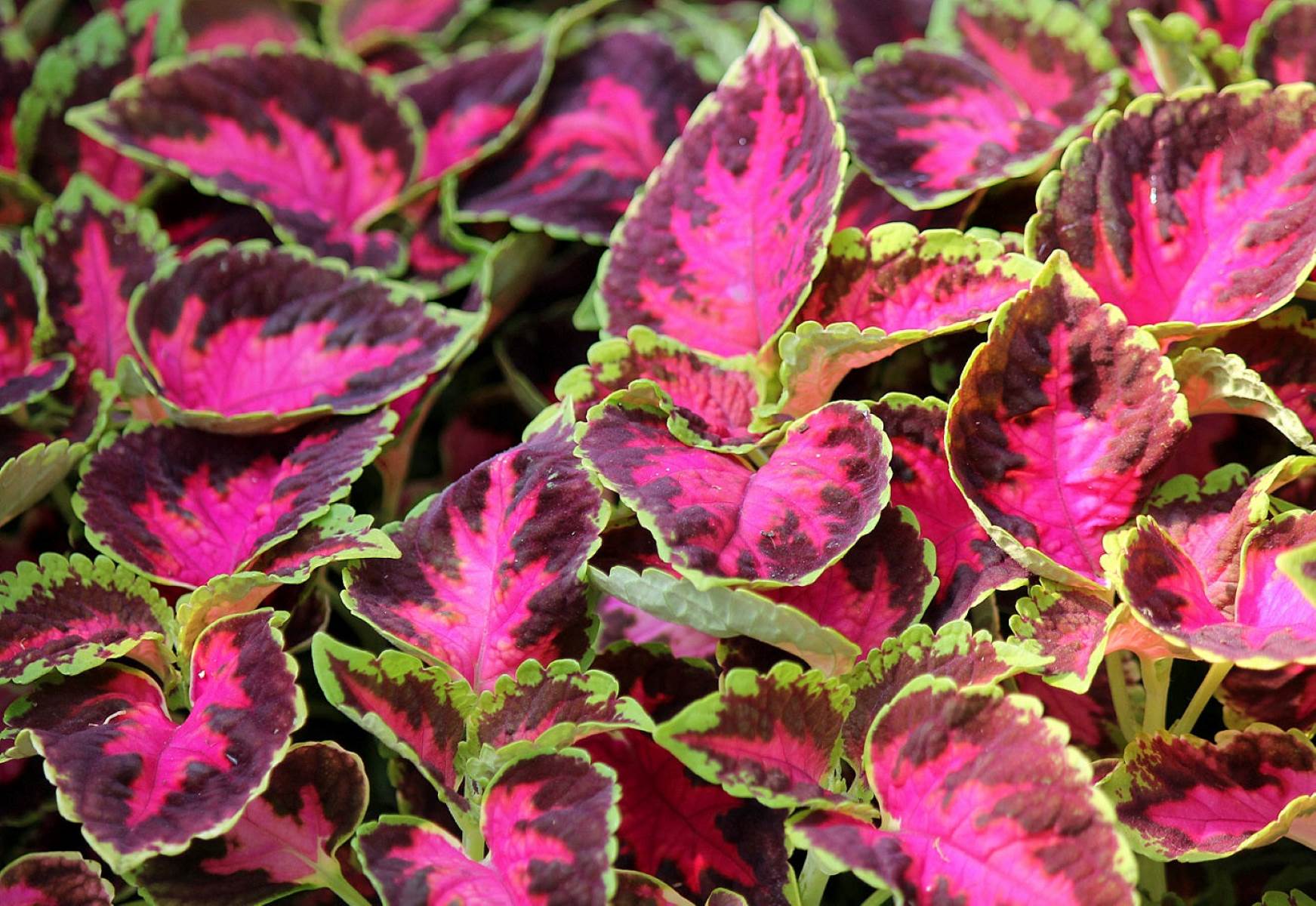
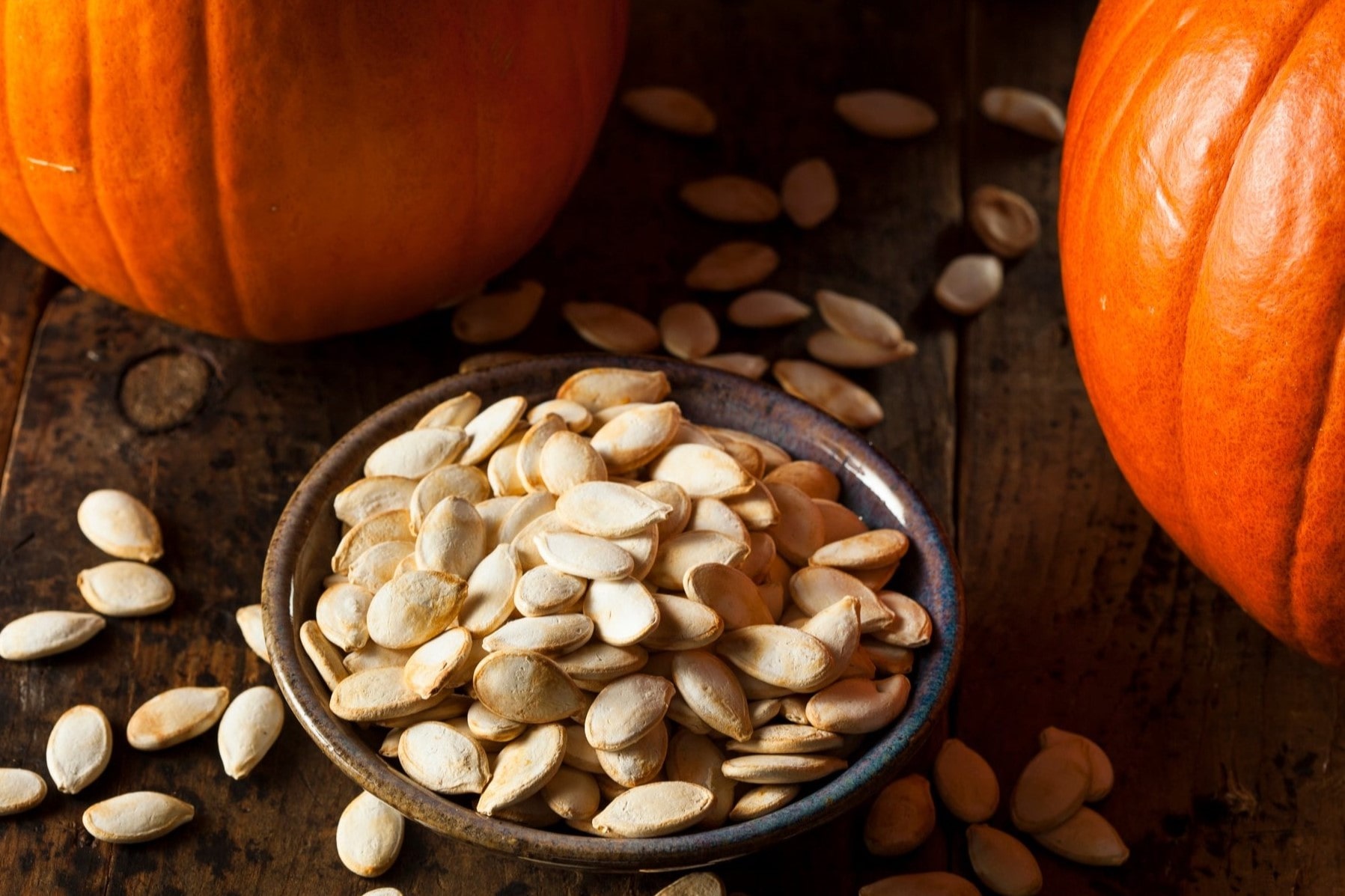
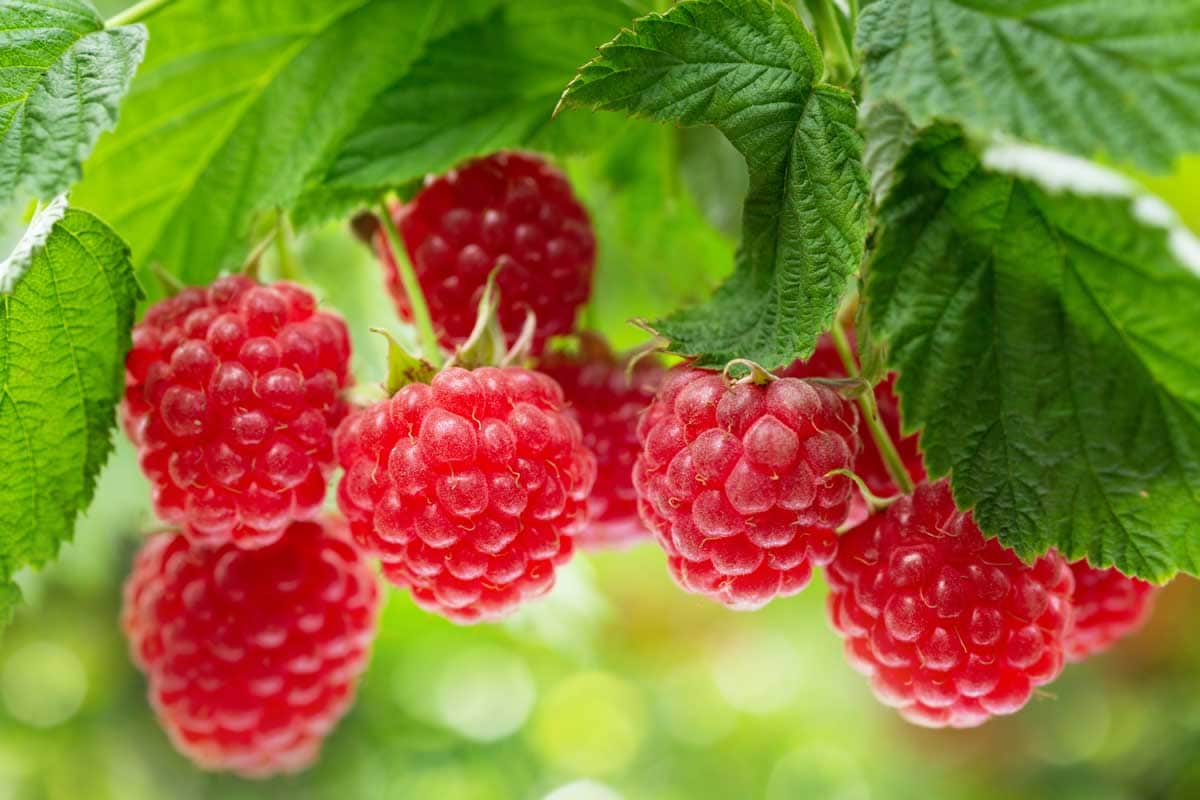
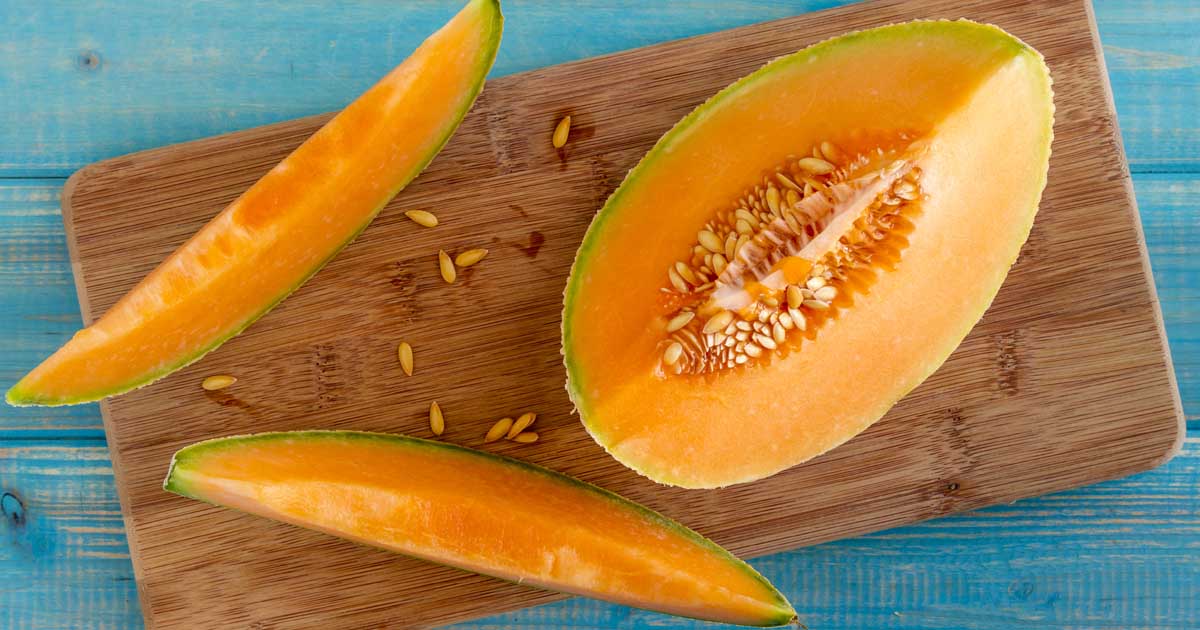
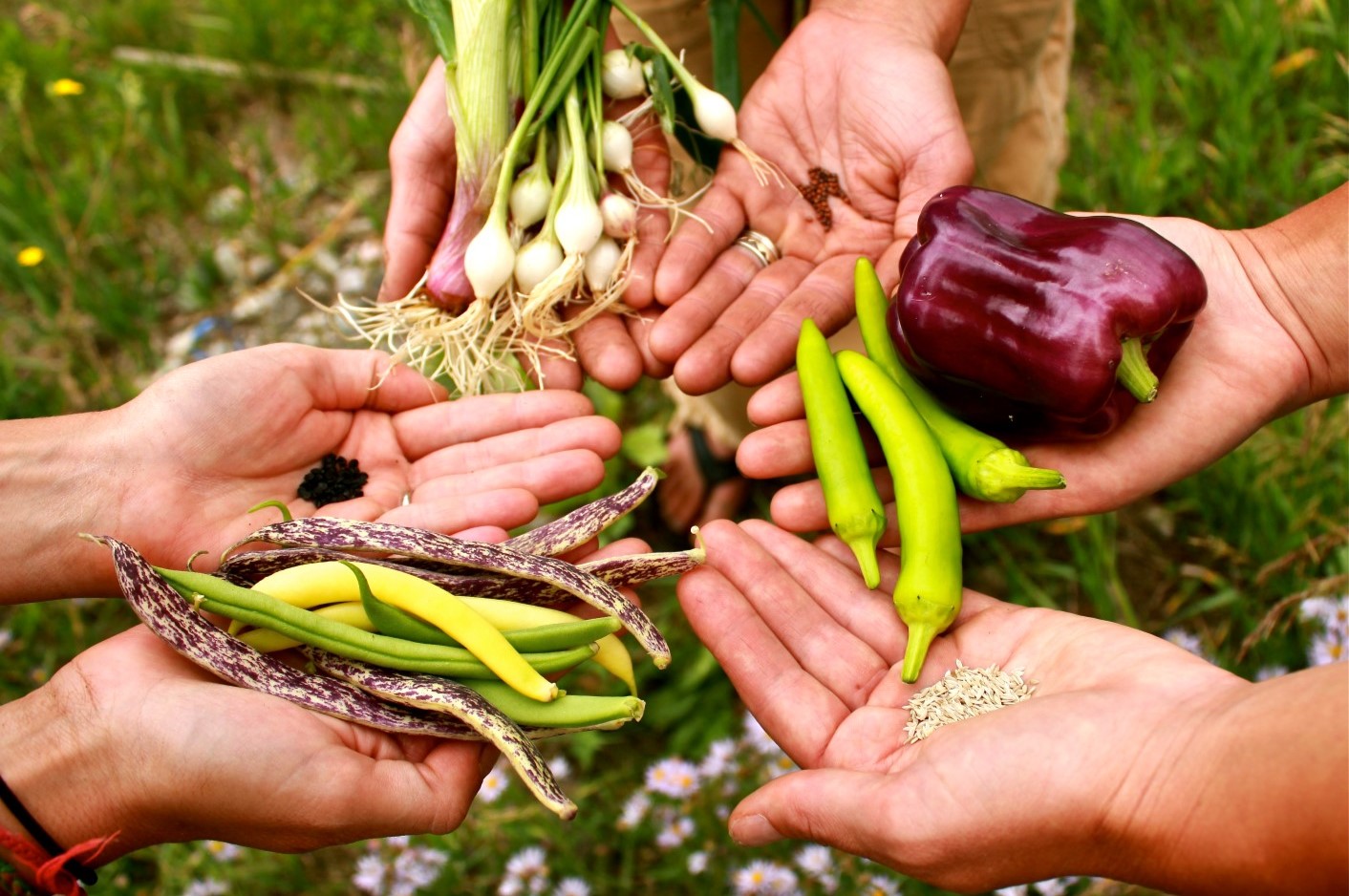
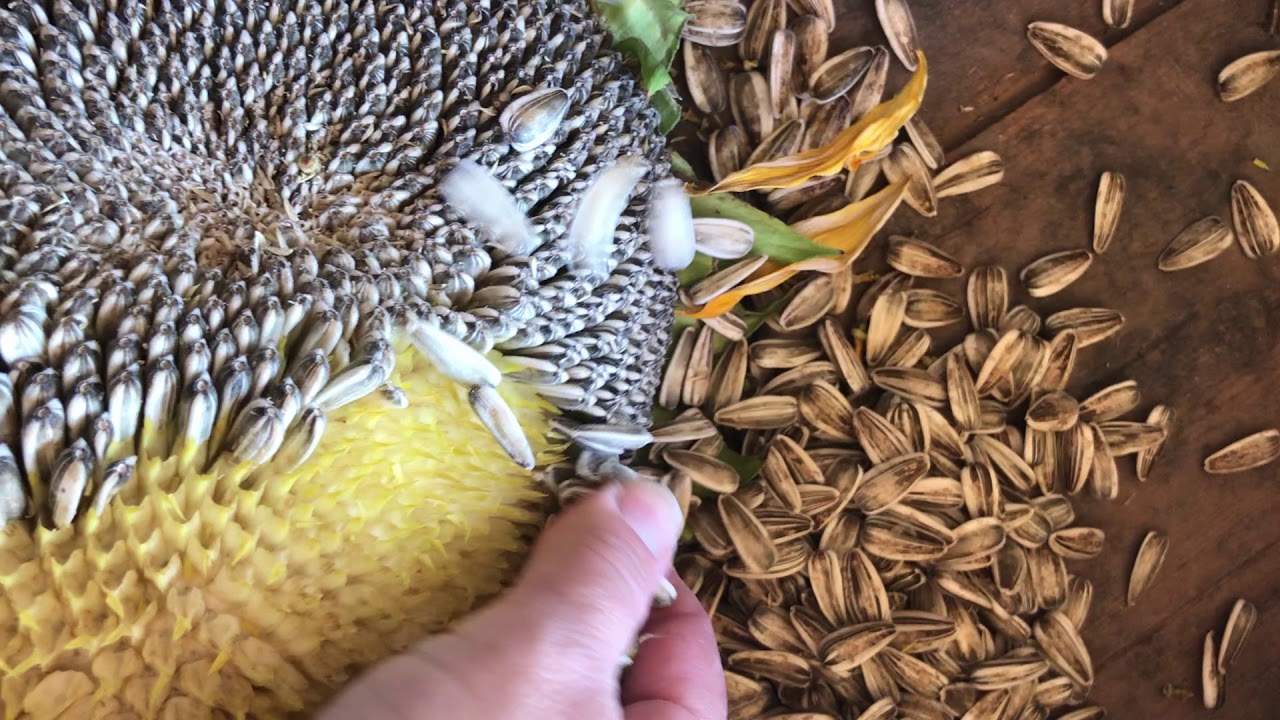

0 thoughts on “How To Save Bean Seeds”